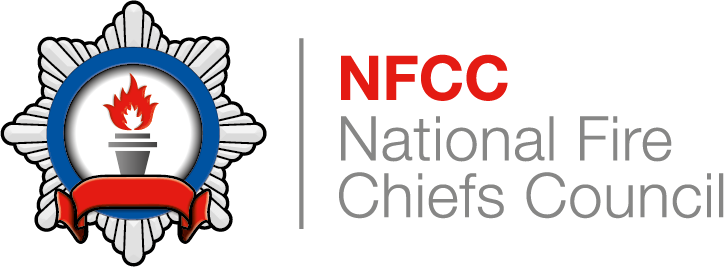An initial survey can provide an understanding of the type and structure of the mode of transport and the factors and restrictions that need to be considered when searching for casualties, as well as the hazards that may affect emergency responders and casualties.
Inner survey
An inner survey allows closer examination of the mode of transport. This is carried out by walking adjacent to the mode of transport, checking the immediate area for casualties and any hazards. Looking around and under the mode of transport can help to identify:
- That there are no casualties under it
- Access and egress points
- Any weak areas of the mode of transport caused by accident damage that will require additional stabilisation
- The presence of any fuel or oil
- If the mode of transport uses alternative fuels
- The presence of vehicle safety systems
- Any other situation requiring attention, for example, the position of catalytic converters
Outer survey
This is carried out by walking completely around the mode of transport while remaining a safe distance from it. The survey includes looking in towards the mode of transport and out to the perimeter of the scene, checking for casualties, obstructions, and any potential hazards.
If there are still people unaccounted for, further checks of the mode of transport should be carried out, even if they lack any sign of containing passengers.
All information gathered from the inner and outer survey should be shared with relevant emergency responders.
Searching
The interior of larger modes of transport, such as a crashed aircraft or derailed train, will be unfamiliar, especially when damaged. This may result in disorientation for passengers and personnel.
Personnel should be aware of the benefits of a structured and co-ordinated approach when searching in modes of transport. The involvement of specialist resources should be considered, such as urban search and rescue (USAR) teams, or for aircraft, an airport rescue and fire fighting service. For further information refer to Specialist resources: Search.
The layout of the mode of transport should be considered when co-ordinating a search plan. This should include a thorough check of voids, even those not designed for passengers. If there could be people hiding or concealed in the mode of transport, police support should be requested.
Voids can include:
- Under seats
- Sleeping compartments
- Luggage compartments
- Toilets
- Cargo or luggage areas
It may be necessary to request specialist resources to assist in searching voids. USAR should be contacted through the nearest tactical adviser (TacAd) for initial advice and mobilisation options. For more information refer to Request National Resilience resources: Urban search and rescue.
